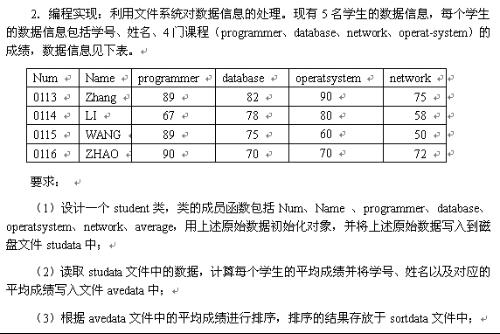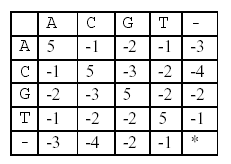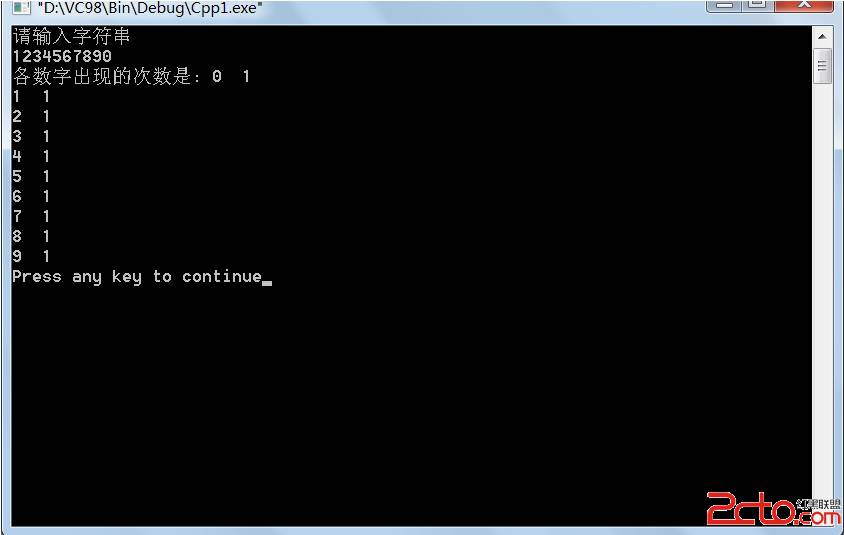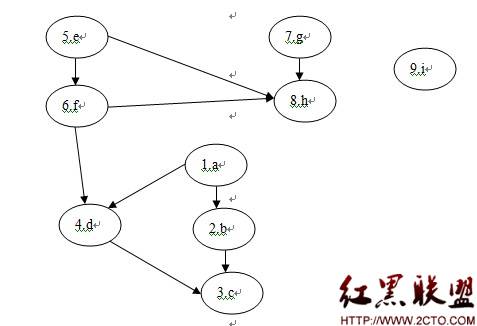POJ 1502 MPI Maelstrom 依然最短路...
MPI Maelstrom
Time Limit: 1000MS Memory Limit: 10000K
Total Submissions: 3274 Accepted: 1924
Description
BIT has recently taken delivery of their new supercomputer, a 32 processor Apollo Odyssey distributed shared memory machine with a hierarchical communication subsystem. Valentine McKee's research advisor, Jack Swigert, has asked her to benchmark the new system.
``Since the Apollo is a distributed shared memory machine, memory access and communication times are not uniform,'' Valentine told Swigert. ``Communication is fast between processors that share the same memory subsystem, but it is slower between processors that are not on the same subsystem. Communication between the Apollo and machines in our lab is slower yet.''
``How is Apollo's port of the Message Passing Inte易做图ce (MPI) working out?'' Swigert asked.
``Not so well,'' Valentine replied. ``To do a broadcast of a message from one processor to all the other n-1 processors, they just do a sequence of n-1 sends. That really serializes things and kills the performance.''
``Is there anything you can do to fix that?''
``Yes,'' smiled Valentine. ``There is. Once the first processor has sent the message to another, those two can then send messages to two other hosts at the same time. Then there will be four hosts that can send, and so on.''
``Ah, so you can do the broadcast as a binary tree!''
``Not really a binary tree -- there are some particular features of our network that we should exploit. The inte易做图ce cards we have allow each processor to simultaneously send messages to any number of the other processors connected to it. However, the messages don't necessarily arrive at the destinations at the same time -- there is a communication cost involved. In general, we need to take into account the communication costs for each link in our network topologies and plan accordingly to minimize the total time required to do a broadcast.''
Input
The input will describe the topology of a network connecting n processors. The first line of the input will be n, the number of processors, such that 1 <= n <= 100.
The rest of the input defines an adjacency matrix, A. The adjacency matrix is square and of size n x n. Each of its entries will be either an integer or the character x. The value of A(i,j) indicates the expense of sending a message directly from node i to node j. A value of x for A(i,j) indicates that a message cannot be sent directly from node i to node j.
Note that for a node to send a message to itself does not require network communication, so A(i,i) = 0 for 1 <= i <= n. Also, you may assume that the network is undirected (messages can go in either direction with equal overhead), so that A(i,j) = A(j,i). Thus only the entries on the (strictly) lower triangular portion of A will be supplied.
The input to your program will be the lower triangular section of A. That is, the second line of input will contain one entry, A(2,1). The next line will contain two entries, A(3,1) and A(3,2), and so on.
Output
Your program should output the minimum communication time required to broadcast a message from the first processor to all the other processors.
Sample Input
5
50
30 5
100 20 50
10 x x 10
Sample Output
35
Source
East Central North America 1996
一点水平都没有...属于弱智题...除了英文实在看不懂
题目一上来把邻接矩阵下半部分就给你了...x一开始比较难处理...就用字符串读入,再atoi转换成数字...
构建完整的邻接矩阵,一次floyd...O(n^3)也0ms飘过
不过这题标准的做法应该是dijkstra
Once the first processor has sent the message to another, those two can then send messages to two other hosts at the same time. Then there will be four hosts that can send, and so on 题目中有这么一句话
所以只要第一个源头发出信号,求出最短路就行了...
[cpp]
#include <set>
#include <map>
#include <list>
#include <cmath>
#include <ctime>
#include <deque>
#include <queue>
#include <stack>
#include <cctype>
#include <cstdio>
#include <string>
#include <vector>
#include <cassert>
#include <cstdlib>
#include <cstring>
#include <sstream>
#include <iostream>
#include <algorithm>
using namespace std;
int main()
{
// freopen("in.txt","r",stdin);
int n,i,j,k;
char a[101][101][16];
int dis[101][101];
scanf("%d",&n);
for(i=0;i<n;i++)
for(j=0;j<n;j++)
dis[i][j]=0x3f3f3f3f;
for(i=1;i<n;i++)
{
for(j=0;j<i;j++)
{
scanf("%s",a[i][j]);
if(strcmp(a[i][j],"x")!=0)
{
dis[i][j]=atoi(a[i][j]);
dis[j][i]=dis[i][j];
}
else
{
dis[i][j]=0x3f3f3f3f;
dis[i][j]=dis[j][i];
}
}
}
/*for(i=0;i<n;i++)
{
for(j=0;j<n;j++)
cout<<dis[i][j]<<" ";
cout<<endl;
}*/ www.zzzyk.com
//cout<<endl;
for(i=0;i<n;i++)
for(j=0;j<n;j++)
for(k=0;k<n;k++)
if(dis[j][k] > dis[j][i] + dis[i][k] )
dis[j][k] = dis[j][i] + dis[i][k];
/*for(i=0;i<n;i++)
{
for(j=0;j<n;j++)
补充:软件开发 , C++ ,




